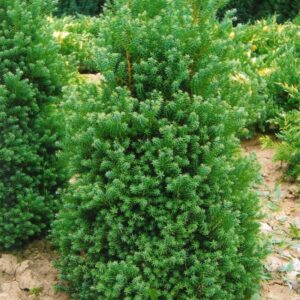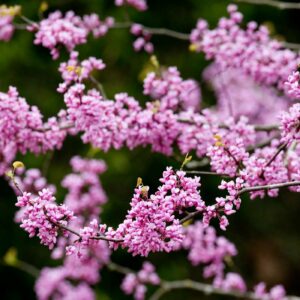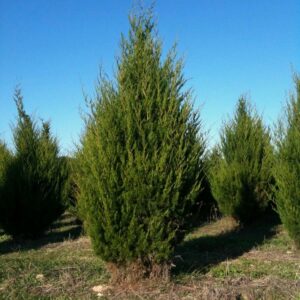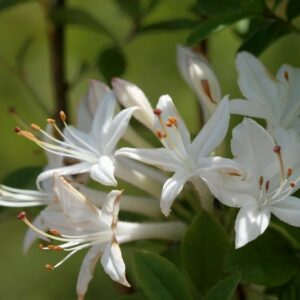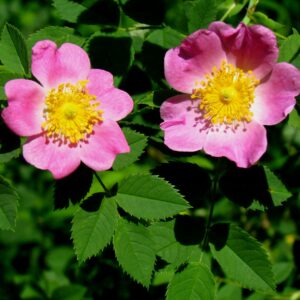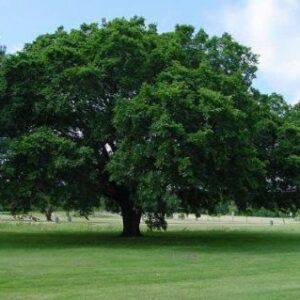- Ph: (631) 801-2855
- All Visits by Appointment Only
- info@linatives.com
- My Account
Cornus sericea, commonly known as red twig dogwood or red osier dogwood, is an upright-spreading, suckering shrub that typically grows in the absence of pruning to 6-9’ tall with a slightly larger spread. With the exception of the lower Midwest and deep South, this species is native to much of North America where it is typically found growing in wet swampy areas, wetland margins or along lakes and rivers. Ovate to lanceolate, medium to dark green leaves (2-5” long) acquire interesting shades of red to orange eventually fading to purple in autumn. Reddish stems turn bright red in winter and are particularly showy against a snowy backdrop. Tiny, fragrant, white flowers appear in flat-topped clusters (cymes to 2.5” diameter) in late spring, with sparse, intermittent, additional flowering sometimes continuing into summer. Flowers give way to clusters of whitish (sometimes with a bluish tinge) drupes in summer. Fruit is quite attractive to birds and is generally considered to have as much if not more ornamental interest than the flowers.
$29.99
Please note: Most pictures represent mature plants. Unless otherwise specified, all of our plants are sold in 4″ pots to make shipping possible and will mature in time.
Learn more about how the process works and how our plants are delivered.



| Size | 2 Gallon |
|---|---|
| Moisture | |
| Native | |
| Special Attributes | Bee Attractor, Bird Attractor, Butterfly Attractor, Salt Tolerant |
| Sunlight | |
| Wetland Indicator |
Cornus sericea, commonly known as red twig dogwood or red osier dogwood, is an upright-spreading, suckering shrub that typically grows in the absence of pruning to 6-9’ tall with a slightly larger spread. With the exception of the lower Midwest and deep South, this species is native to much of North America where it is typically found growing in wet swampy areas, wetland margins or along lakes and rivers. Ovate to lanceolate, medium to dark green leaves (2-5” long) acquire interesting shades of red to orange eventually fading to purple in autumn. Reddish stems turn bright red in winter and are particularly showy against a snowy backdrop. Tiny, fragrant, white flowers appear in flat-topped clusters (cymes to 2.5” diameter) in late spring, with sparse, intermittent, additional flowering sometimes continuing into summer. Flowers give way to clusters of whitish (sometimes with a bluish tinge) drupes in summer. Fruit is quite attractive to birds and is generally considered to have as much if not more ornamental interest than the flowers.
